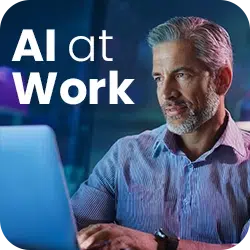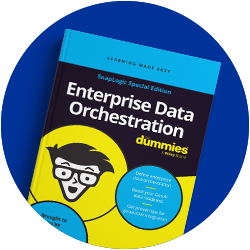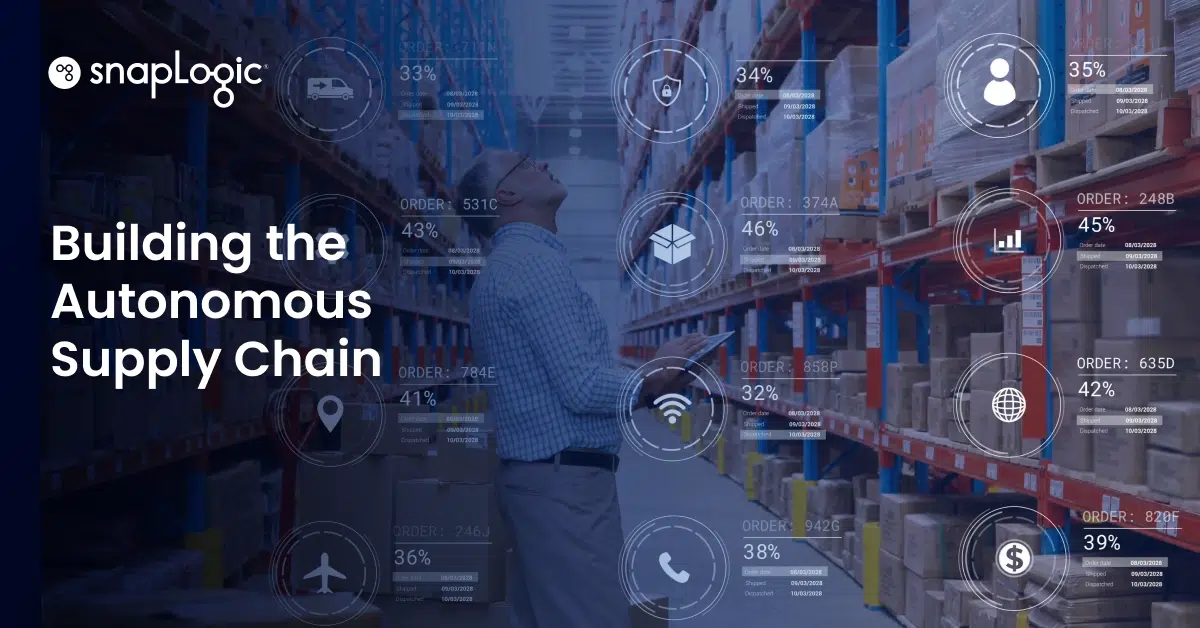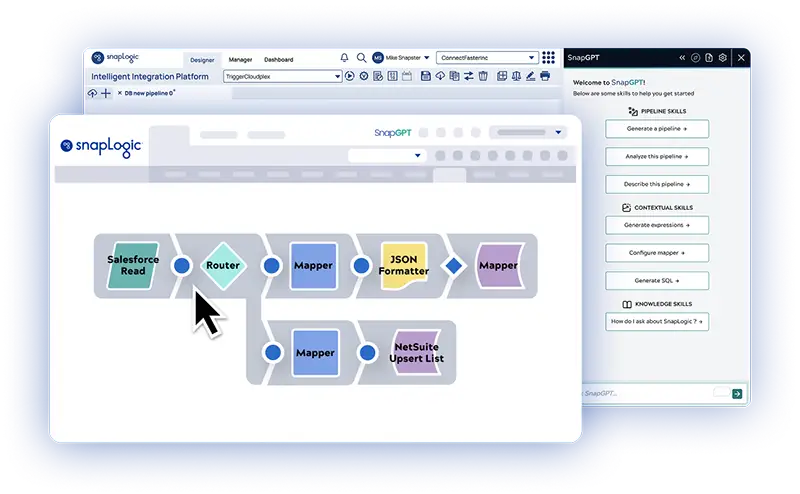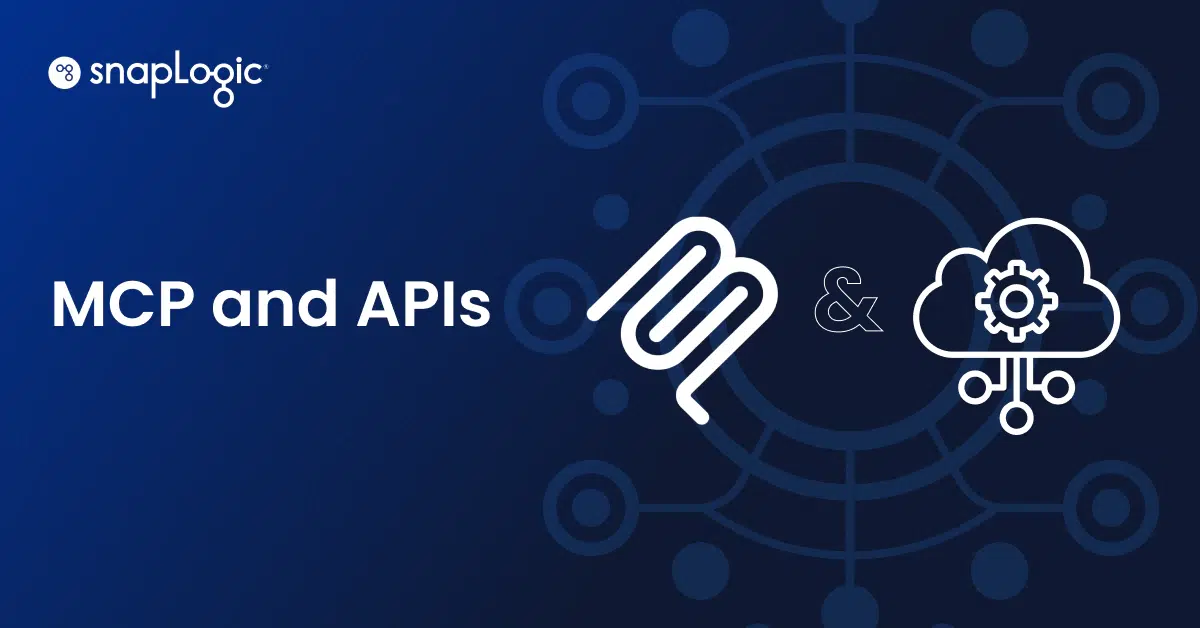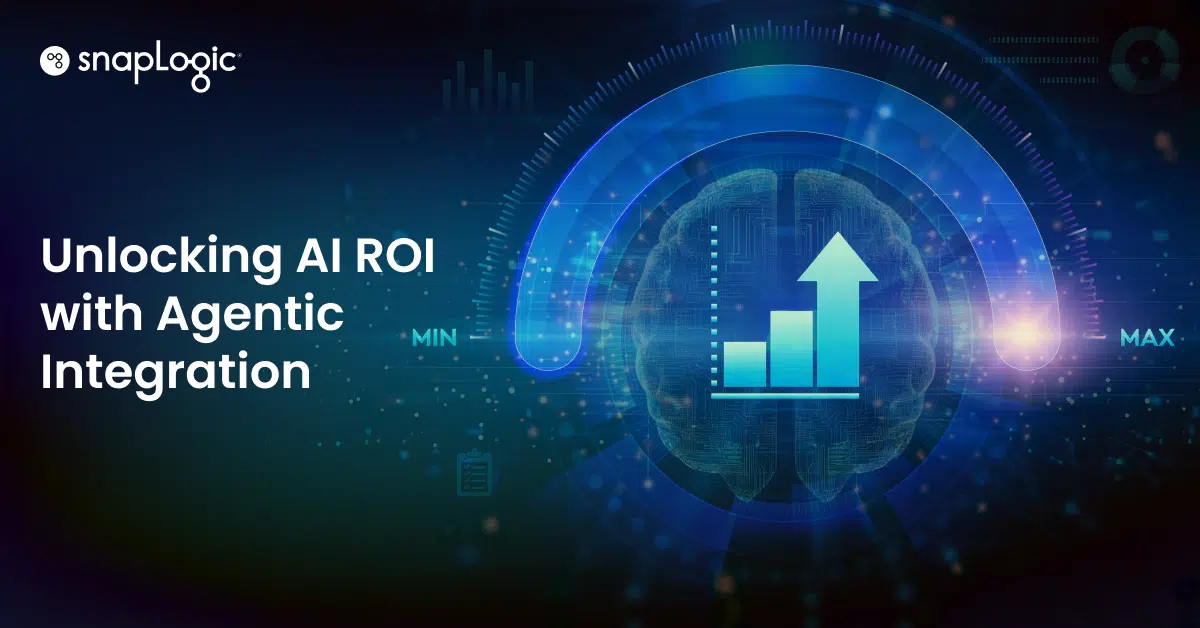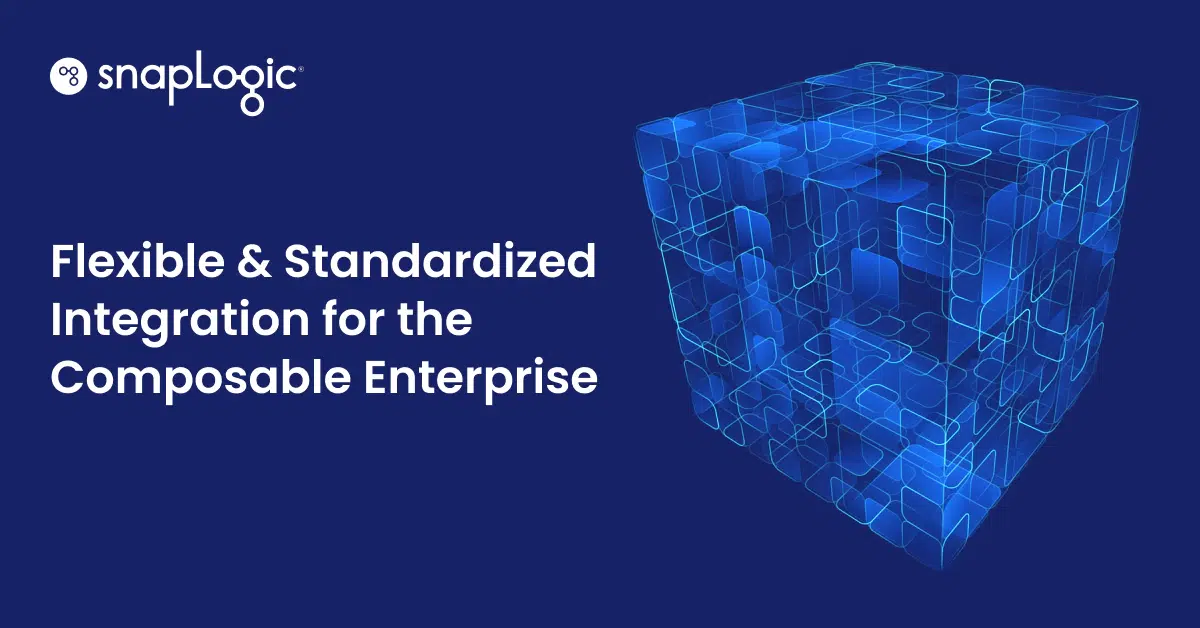In an era defined by endemic volatility and intense margin pressure, the traditional model of logistics management has reached its operational limits. Incremental improvements are no longer sufficient to secure a competitive advantage. Today, we’re presenting a strategic, two-phase roadmap for enterprise leaders seeking to transition from a reactive, cost-centric supply chain to a predictive, autonomous, and value-generating logistics network.
Phase 1 details the foundational imperative: achieving end-to-end network visibility by deploying an enterprise-grade integration fabric to eradicate data silos.
Phase 2 outlines the path to operational autonomy by activating a sophisticated agentic framework; a team of goal-oriented AI agents capable of independent, optimised decision-making.
This is a pragmatic guide for C-suite executives on how to architect, govern, and capitalise on this transformation, turning the supply chain from a source of risk into a powerful engine for enterprise resilience and profitability.
The tectonic shift in global logistics
The post-pandemic era has irrevocably exposed the brittleness of global supply chains. Geopolitical instability, climate-related disruptions, and rapidly shifting consumer expectations have rendered traditional forecasting and planning models obsolete. For the modern enterprise, logistics is no longer a back-office function but a primary determinant of brand promise, market share, and shareholder value.
Organisations that continue to operate with fragmented systems and reactive processes will find themselves unable to compete. The winners of the next decade will be those who master the flow of not just goods, but data. They will build enterprises that can sense disruption in real-time, predict its impact, and act autonomously to mitigate it.
This article is not a theoretical exploration; it is a pragmatic roadmap for business leaders. It outlines a structured, two-phase approach to building a truly autonomous logistics enterprise. One that is resilient, predictive, and relentlessly optimised.
Phase 1: From silos to a single pane of glass
Before any advanced intelligence can be applied, an organisation must first gain control over its data. The most significant barrier to agility in the modern enterprise is the operational and informational silos created by a patchwork of disconnected software systems.
The P&L impact of a fragmented value chain
The consequences of this fragmentation are severe and directly impact financial performance. For example:
- Service failures: When a Transportation Management System (TMS) cannot see real-time inventory in the Warehouse Management System (WMS), Available-to-Promise (ATP) figures are unreliable, leading to missed delivery windows and damaged customer trust.
- Cost leakage: Inbound container data that isn’t synchronised with warehouse labour schedules results in millions of pounds lost annually to demurrage and detention fees.
- Poor asset utilisation: A lack of integration between telematics platforms and load planning systems means that opportunities for profitable backhauls are missed and fleets run with excessive empty miles.
- Bloated working capital: Without a single source of truth, organisations are forced to hold excess “just-in-case” inventory, tying up capital and increasing carrying costs.
The solution: an enterprise AI orchestration fabric
The foundational step is to deploy an Agentic Integration Platform as a Service (iPaaS) like SnapLogic. This serves as the enterprise-grade middleware backbone, connecting legacy on-premise systems with modern cloud applications and crucial third-party data feeds.
The objective is to create a “single pane of glass,” a unified, real-time data ecosystem that provides a holistic view of the entire order-to-cash lifecycle. This integrated foundation eradicates information latency and provides the clean, reliable data required for the next phase of transformation.
Phase 2: activating the agentic framework
With a unified data ecosystem in place, the enterprise can move beyond mere visibility to intelligent, autonomous action. An agentic framework is a system of goal-oriented AI agents. In other words, digital experts with the authority to make and execute decisions within defined financial and operational guardrails.
Autonomous fleet & transport optimisation
An agent tasked with maximising fleet profitability will continuously analyse telematics, order intake, driver Hours of Service (HOS), and real-time market data. It can autonomously re-sequence a driver’s run to consolidate deliveries, reduce empty miles, and dynamically bid on backhaul opportunities via an integrated freight marketplace API, making decisions that directly enhance the EBIT of the transport division.
Proactive disruption and risk mitigation
An agent mandated to guarantee supply continuity will monitor a vast array of inputs: vessel dwell times, port congestion, weather patterns, geopolitical risk alerts, customs policy updates, and supplier credit risk feeds. Upon detecting a potential disruption, it can model its multi-tier impact and autonomously execute pre-approved contingency plans, such as rerouting shipments or shifting production orders to an alternative site, insulating the business from volatility.
Dynamic asset and flow control
Within the four walls of the warehouse or distribution centre, an agent can optimise the flow of goods and resources. By synchronising inbound/outbound transportation schedules with on-the-floor labour allocation and automation systems (like AMRs), it can optimise dock-to-stock times, eliminate staging congestion, and ensure picking activities are perfectly paced to meet departure deadlines, thereby eradicating costly vehicle detention fees.
Governance in the age of autonomy: a framework for trust and control
Delegating authority to autonomous agents is a profound strategic shift that demands a robust governance framework that includes:
Strategic alignment and goal orchestration
A master framework must be established to define the rules of engagement and resolve conflicts between agents (e.g., cost vs. service level). Agent objectives must be explicitly linked to and governed by overarching business goals like OTIF metrics, inventory turns, and cash flow.
Radical transparency and auditability
Every decision made by an agent must be fully traceable and explainable. The system must maintain an immutable audit trail, providing complete transparency for performance analysis, regulatory compliance, and executive oversight.
Enterprise-grade security and risk mitigation
When digital agents can execute transactions and control physical assets, they become mission-critical infrastructure. A zero-trust security architecture is non-negotiable to authenticate, authorise, and continuously monitor every agent action.
A call for strategic action
The evolution toward an autonomous logistics enterprise is no longer a distant vision; it is a present-day strategic imperative. The technological components are mature, and the competitive advantages for early adopters will be decisive.
The journey requires a clear, two-phase approach: first, a disciplined effort to integrate the enterprise to unlock data; second, a bold strategy to activate intelligence and delegate decision-making.
This transformation moves the logistics function from a reactive cost centre to a proactive, predictive source of immense strategic value. The choice for today’s leaders is stark: architect the future of your supply chain, or become a victim of it.
Next steps: the AI Autonomous Readiness Assessment
Understanding your organisation’s current state is the first step. SnapLogic offers a complimentary, high-level Autonomous Readiness Assessment to help you evaluate your data infrastructure, process maturity, and strategic alignment for this transformation.
This assessment will provide a tailored report outlining your organisation’s specific opportunities and a high-level roadmap for your journey toward an autonomous logistics enterprise. Reach out to me directly to schedule your assessment. I look forward to hearing from you.
